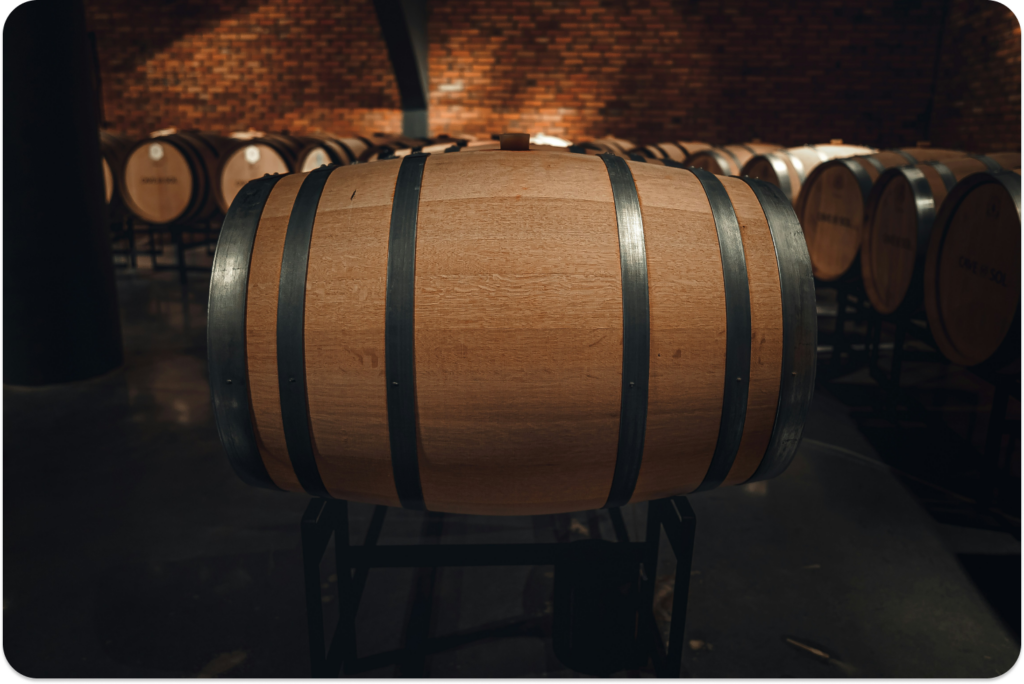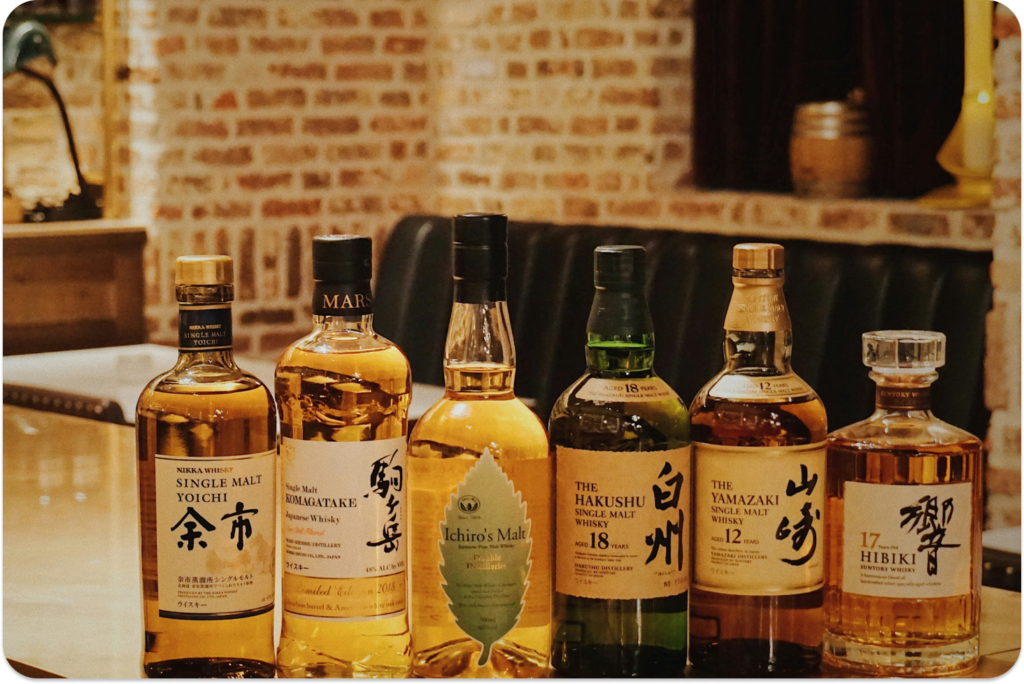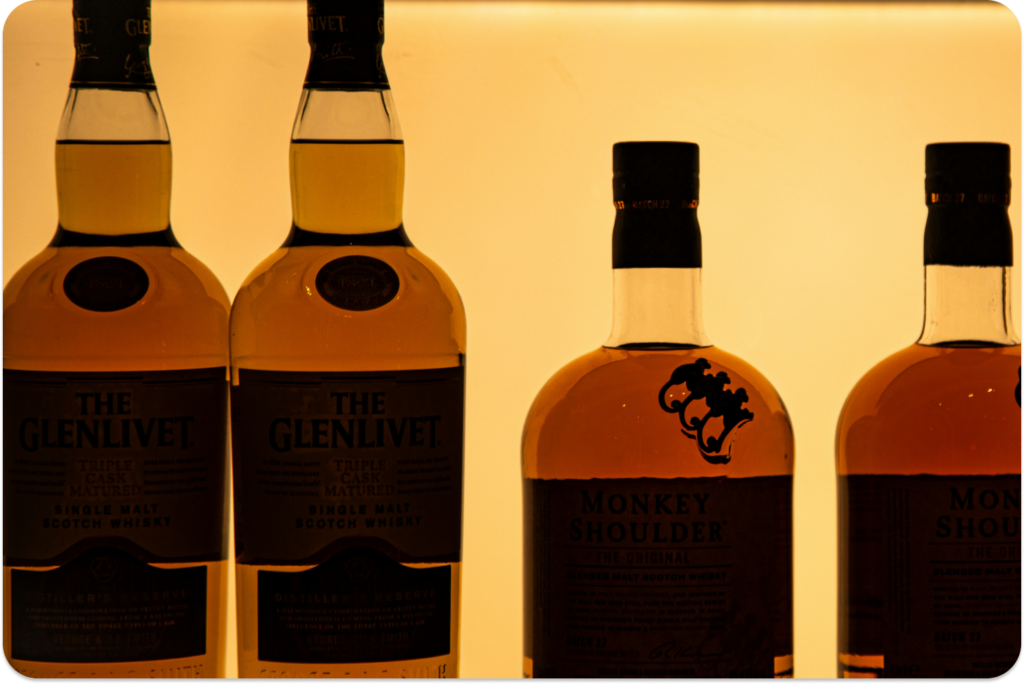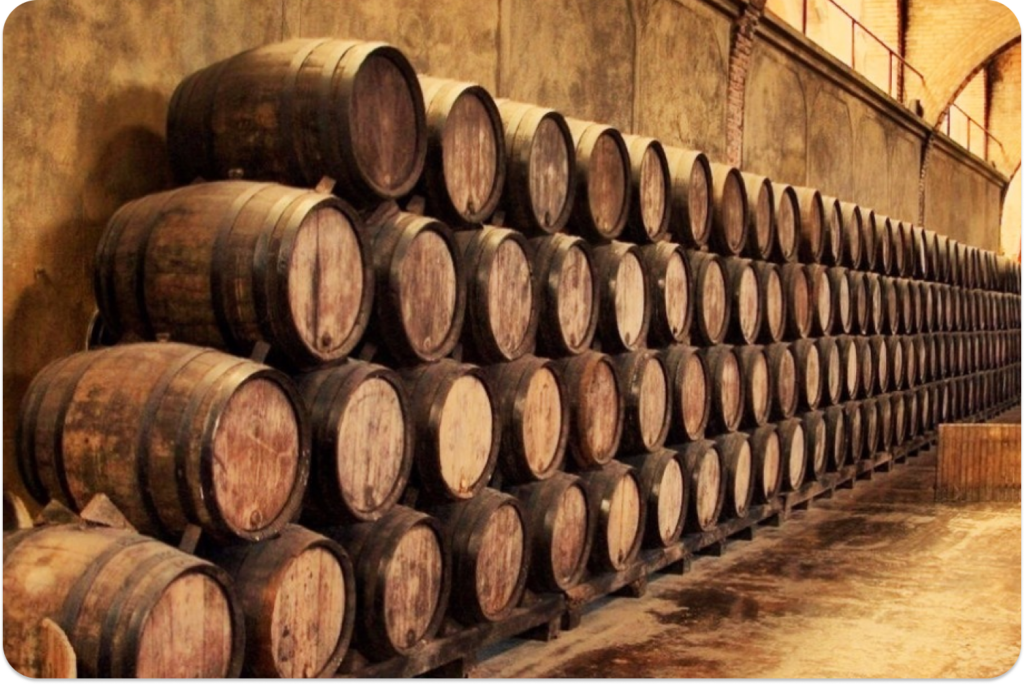
The liquor market is one of the most marketing-intensive sectors. Why? Because the actual differences between products and brands are subtle – or at least that’s how consumers perceive them. Similar markets include clothing, shoes, and carbonated beverages, where experts and enthusiasts might see clear differences, but the general public sees little distinction between products. Can you tell the difference between Nike and Adidas running shoes? I certainly can’t.
The Korean joke that “you’re not a true drinker until you can distinguish between Chum-Churum and Jinro soju” reflects this reality. While subtle differences certainly exist between these products, the fact that such jokes are common ironically suggests that the differences are so minimal that average consumers can’t tell them apart.

Come to think of it, even within whiskey, distinctions like “blended” versus “single malt” only mean something to whiskey enthusiasts – to everyone else, it’s just “whiskey.” It’s similar to the Coca-Cola versus Pepsi situation.
For this reason, whiskey has long been a target of intensive marketing within the spirits industry. Personally, I believe one of the most successful marketing strategies in the whiskey market has been the premium positioning based on age statements. While increased costs due to long-term aging provide a rational basis for higher prices, whiskey enthusiasts should critically examine whether the notion that “longer aging equals better taste” might just be clever marketing at work.
Many people simply believe that “older is better,” but is that really true? Why do recently popular Taiwanese, Japanese, and Indian whiskeys often come without age statements (NAS)? To understand this accurately, we need to look at what happens during the whiskey aging process.
(Of course, I’m not an expert either, haha!)
So what happens during the aging process?

Smoothing of Alcohol
The initial spirit that goes into oak barrels is, naturally, raw alcohol. You can taste this if you visit a distillery. While each distillery certainly has its characteristics, it’s still just harsh alcohol, and this rough, intense alcohol becomes smoother over time in oak barrels. This happens because alcohol molecules combine or separate due to weather conditions, causing chemical reactions and partial evaporation, ultimately reducing the “burn” typical of high-proof spirits like whiskey and creating a smoother texture.
Infusion of Wood-Derived Flavors and Aromas
During aging, as the oak barrel contracts and expands, it repeatedly absorbs and releases the spirit. Through this process, wood compounds slowly dissolve into the whiskey, with key components like lignin, tannins, and vanillin creating the whiskey’s flavors. Lignin produces vanilla-like aromas, tannins create dry flavors, and vanillin provides sweet vanilla notes. The reason we consider the type of oak barrel (American or European) and toasting level is because the wood ultimately determines the whiskey’s primary flavors, including those prominent vanilla notes.
Removal of Unwanted Components
During aging, some undesirable components evaporate or break down. For example, certain sulfur compounds that come over during distillation are removed through the process of entering and leaving the oak barrel, improving the whiskey’s quality. This process helps refine and smooth out the raw spirit’s harsh flavors.
Development of Complex Flavors
As time passes in the oak barrel, various chemical reactions occur within the whiskey, creating the nutty and dried fruit flavors we taste today. These are typically produced by reactions between alcohol and acids, and naturally, the longer the aging, the more likely these chemical reactions are to occur, making these flavors deeper and more complex.

“Wait, so doesn’t this mean longer aging is better?” you might think. But even good things can be excessive. Let’s consider why the saying “too much of a good thing” exists.
Problems with Excessive Aging
Aging itself is good. After all, whiskey originated when people discovered that spirits hidden in oak barrels became more delicious, so aging is undoubtedly crucial to creating whiskey’s flavor. However, excessive aging can actually be counterproductive.

Excessive Wood Flavor
With prolonged aging, wood flavors can become overpowering, completely masking other nuances. The excessive absorption of tannins and lignin from oak barrels is particularly problematic. While tannins add depth and complexity in moderate amounts, too much creates an overly bitter and dry taste. Lignin, a major wood component that gives whiskey its characteristic “woody” aroma, can become too intense, resulting in overwhelming wood notes rather than pleasant vanilla flavors.
Excessive wood flavors can eliminate the unique fruit notes that each distillery prides itself on. Looking at whiskey tasting notes, you’ll find some whiskeys emphasizing fresh, sweet notes of apple, pear, or citrus – further aging can make these distinctive fruit notes disappear. Additionally, the nutty and sweet aromas from the source grains (barley, wheat, corn) can become harder to detect beneath the wood flavors.
Consequently, overly aged whiskey can lose its complex and diverse flavors, leaving only intense wood notes. It’s similar to using too much of one spice in cooking, masking all other ingredients’ flavors – this is why whiskey enthusiasts sometimes use the term ‘over-wooded.’
Problems with Excessive Smoothness and Character
While blended whiskeys might aim for smoothness with clear purpose and goals, it becomes problematic when single malts lose their character by becoming overly smooth through excessive aging. Whiskey should develop diverse, characteristic flavors based on each region’s grains, water, and natural environment, but excessive aging can cause some components to react and disappear, leading to single malt whiskeys losing their vibrant and varied flavors.
Diminishing Volume
The natural evaporation of whiskey during barrel aging is called the “angel’s share.” This evaporation occurs primarily in alcohol and water content, increasing with longer aging periods. For whiskeys aged over 10 years, the angel’s share can amount to 20-30% of the total volume. Imagine how much disappears after 20 years! With longer aging periods, the remaining whiskey volume decreases, leading to higher prices without proportional improvements in taste.

Why NAS Products are Becoming More Common
Recent whiskeys from Japan, India, Taiwan, and other countries often come without age statements (NAS). While some attribute this to rising single malt prices or newer distilleries being unable to produce 12+ year-old single malts – views I partly agree with – I personally think these age distinctions have become more of a constraint for them. While age statements are common in Scotch whiskeys, where 12, 14, or 16 years might be optimal aging periods, conditions are different in countries with warmer, more humid climates.
For example, in subtropical climates like India or Taiwan, whiskey aging progresses much faster than in Scotland. Higher temperatures and humidity accelerate evaporation rates and interactions between oak and whiskey – essentially, the barrel absorbs and releases spirit more quickly. Therefore, these regions can achieve complexity and depth similar to 12-year-old Scotch with just 3-5 years of aging.
The problem is that over-marketed age statements become a handicap. While they might achieve optimal flavor after just 4-5 years of aging, the common belief that longer-aged whiskey is better makes it impossible to release whiskey with a “4 years” label.
In this context, NAS products become a logical solution for new whiskey-producing countries. By releasing products without age statements, they can freely choose aging periods that best suit their climate and conditions. This also gives consumers the opportunity to evaluate whiskey based on actual taste and quality rather than age. Try NAS products like Kavalan from Taiwan, Hibiki, or Fuji – do they really lack complexity in taste or aroma? They certainly don’t to my palate.

Knowing Your Own Taste is What Really Matters
Ultimately, finding what suits your palate is key. Some might prefer a vibrant 3-year-old whiskey, while others might favor an 18-year-old with deep, complex flavors. What’s important is discovering your preferred style through experiencing various whiskeys.
Don’t be swayed by age statements or brands – what matters is tasting for yourself. Taste is highly subjective, and personal preferences should always be respected. Particularly important is acknowledging and respecting your own preferences. Even if whiskey experts praise something, if it doesn’t suit your taste, it’s not a good whiskey for you. Whether it’s aged 25 or 30 years doesn’t matter. Conversely, even if a whiskey is aged just 3-4 years and poorly reviewed by critics, if you enjoy it, that’s your perfect whiskey.
In the end, enjoying whiskey shouldn’t be overthought. If you drink something and think “this is delicious,” that’s enough. While studying whiskey, understanding taste differences by age, and exploring regional and ingredient characteristics can add to the enjoyment, it’s not essential.
So don’t get hung up on age when choosing whiskey. Don’t assume a 12-year-old Balvenie must be inferior to a 25-year-old Macallan. Whiskey should be approached casually as you find what works for you. After all, spirits exist to be enjoyed.
